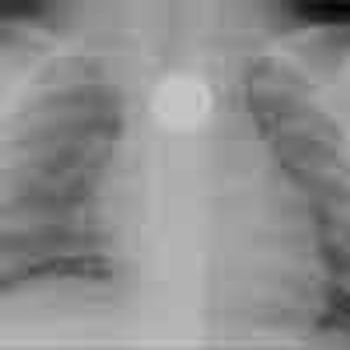
Treatment with L-acetylcarnitine may be beneficial in improving hyperactivity and social behavior in boys with fragile X syndrome who have attention-deficit/hyperactivity disorder (ADHD), according to an article published online Feb. 19 in the American Journal of Medical Genetics.





